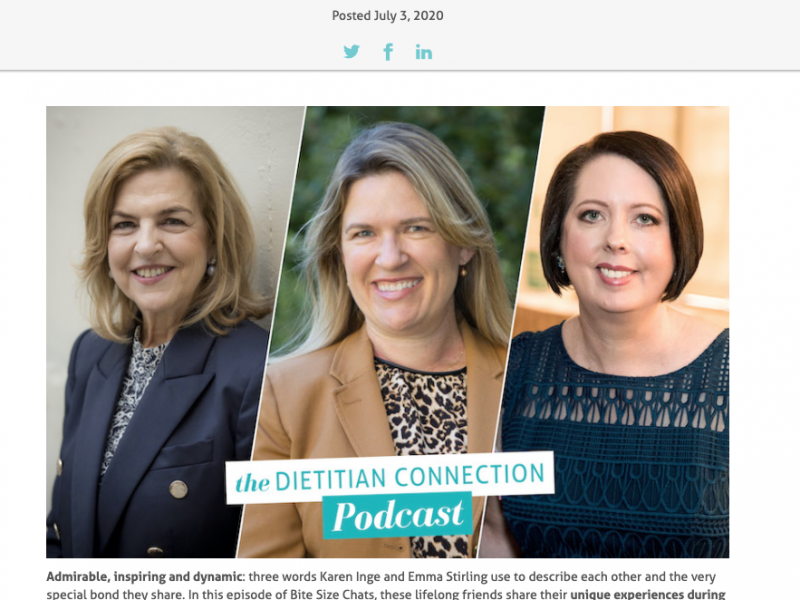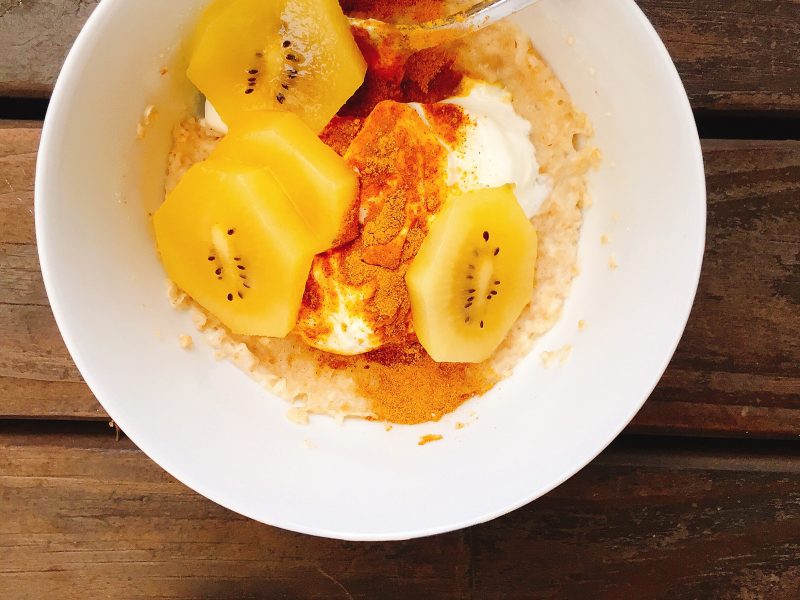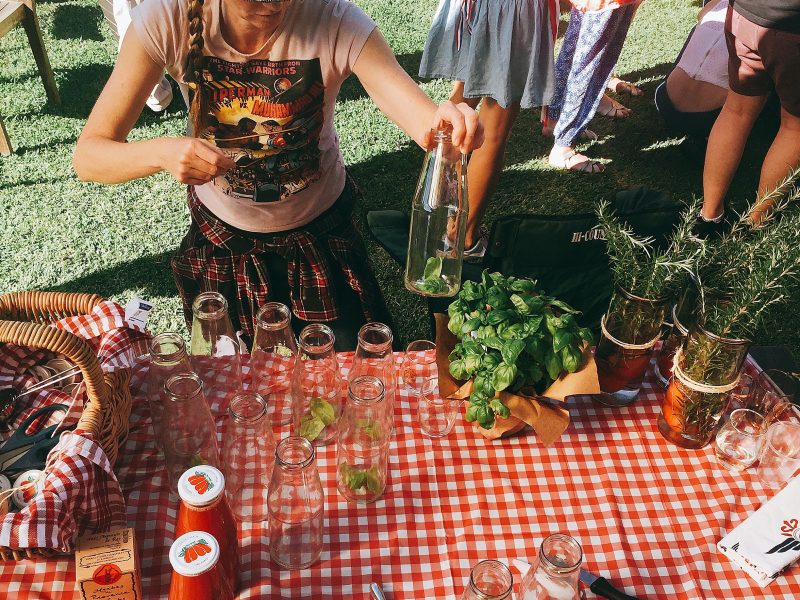When our lucky last Sub of the Month said she wanted to write about her experiences with sustainable seafood after travelling in the USA I said, bring it. There’s about as much confusion in this area as the current debate on dietary saturated fat. And then snap. I got a lovely invite to attend a briefing event for Sustainable Seafood Day by the Marine Stewardship Council this Friday 21st March. So I knew we were well placed to bring you the scoop.
About our expert:
Ali is a new graduate Dietitian from Brisbane with a serious passion for anything food and nutrition related that shines through on her blog A Nudie Foodie. Growing up on a sheep and cattle property in rural Queensland Ali also wants to raise awareness about food sustainability so that the nourishing foods we know and love today can be enjoyed for generations to come.
Hello fellow scoop readers! I have just recently returned from an amazing food and travel adventure through parts of North America. We covered many of the well known hot spots along the coast of California and then down to Aspen in Colorado in search of some fresh powder.
Something fishy on the menu?
True to my foodie instincts, a great deal of my time abroad was spent exploring the wide variety of amazing restaurants, cafes and bars that the States had to offer.. (all in the name of research of course!) And it wasn’t long before I picked up on a common trend amongst them…most seafood options were species I hadn’t heard of like Artic Char. And from high end restaurants to cafes seafood came with descriptions of the exact region from which they were sourced, whether they were farmed or wild catch and more often than not, a certification or logo on the menu. Wait staff proudly informed me that seafood sustainability was now a high priority for their restaurants and they were simply “just trying to meet consumer demand”. Even America’s leading grocery chains like Wholefoods and Walmart have jumped on the fishing boat. Everywhere I looked I found many seafood products with the easily identifiable blue Marine Stewardship Council (MSC) logo.

Thanks to MSC for these photos from the briefing.
Fishing for answers….
Although seafood sustainability has been on the world’s radar for decades, it seems it is fast becoming a VERY big deal, with all sorts of interest groups wanting to get involved and have their say. With one click of a button, my internet browser was inundated with all the latest certification schemes, eco-labels, seafood guides, apps, “pocketbooks” and fact sheets designed to help consumers make more informed choices when buying seafood. And as Emma and I chatted, we realised that they can even have conflicting advice. So we put together this list of tips to help you catch on to sustainability:
Realise that independence counts
Emma caught up with Chef Simon Bryant at the MSC event. According to Simon, “Independent auditing is important so greed and self interest don’t override. If I’m shopping around for a new car I want to hear about ANCAP testing not what the car dealer tells me about his latest model. And that’s why we need MSC. They also take a collaborative approach which is well respected by the industry. ”
MSC are internationally recognised and supported for their rigorous standards and programs on sustainable fishing and seafood traceability. They ensure that MSC-labelled wild catch seafood comes from, and can be traced back to, a sustainable fishery.
Check one central list
Wouldn’t it be ideal if we could just check one central list? Emma spoke to Fisherwoman Tracey from Coorong Wild Seafood who proudly talked about becoming the first Australian MSC certified fishery in 2008 with their Coorong Yellow Eye Mullet. In 2011 South Australia’s Spencer Gulf King Prawn Fishers became first certified prawn fishery. And the list keeps growing. There are now around 200 canned and frozen seafood products bearing the blue MSC ecolabel. Check out the MSC Sustainable Seafood Product Finder. Brands to look for include Fish 4 Ever, Ocean Rise, Portview and Blackmores EcoKrill. And ask your local restaurant and supermarket for MSC certified seafood.

Know that industry is responding
Lynne Duckham, Sustainabilty Manager from the Australian Food and Grocery Council talked about the extensive work the food industry has already done in this space. For example John West (Australia’s largest seafood supplier) is on a three year journey to ensure all of its seafood products in Australia and New Zealand are responsibly sourced by 2015. The first milestone saw John West become a partner and signatory to WWF’s Global Sustainable Seafood Charter. WWF is also partnering with Tassal, Coles and Blackmores on similar initiatives involving MSC.

Celebrate our abundance
Australia is envied for our biodiversity with fish and seafood. We need to celebrate it more! And not just shop for familiar fish. We loved hearing about UK Supermarkets having “Eat the other Species” days.

The Australian Government has an incredibly sophisticated handle on fish stocks and threatened species with extensive monitoring and surveillance, audits and reporting. There are different rules for every level of the food chain. Believe us. Emma knows, as she got all geeky with Dr Nick Rayns and Dr Patrick Hone from Fisheries Research and Development Corporation (FRDC). But if you don’t believe us. We’ll leave you with some light bedside reading. Head over to the Status of Key Australian Fish Stocks Report.
The FRDC also hosts the Fish Files website with:
Seafood by Season buying guide
How to videos for chefs and foodies
Latest seafood nutrition and health info
But the best thing you can do? Join in the conversation this Friday 21st on Sustainable Seafood Day with #ssd2014 and @MSCinAustralia. And make sure you enjoy a meal of stunning Australian seafood.
Editor’s comment: Thank you so much Ali for inspiring and researching this post, our chats and being a fabulous Sub of the Month in January. Stay tuned Scoop lovelies for the announcement of our lucky 6 new Scoop Sub interns on Monday. And love to hear your fish tales below.


